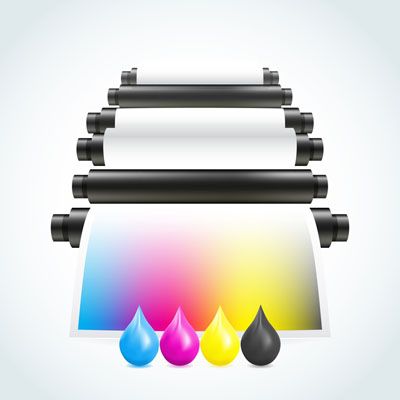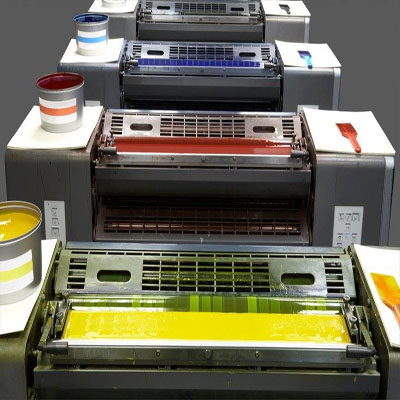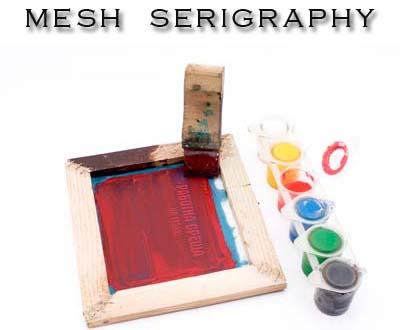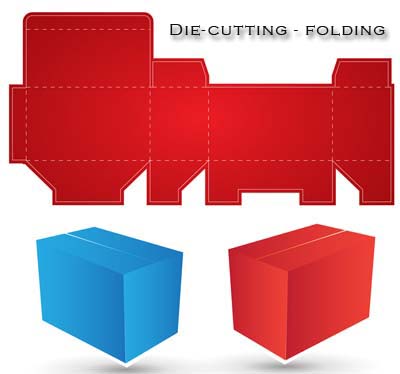PRINTING PROCESSES
- Converting Processes / Graphic
UV Litho Printing
Offset word means that the graphic image isn’t printed to the paper from the plates like it functions for flexography printing process, the rolls provide oil-based ink and water on the printing plates, the engraved part of the plate picks up inks and repulse the water whereas the non-image zone of the plate retains water and keeps off the inks, it is just the inked part image which is transferred to the rubber/plastic roll named blanket which transfers the image to the paper or other substrate to print. This stage allows to avoid the contact of the paper with the printing plates.
Key matter is that inks have to operate mainly with water, blankets, plates and much materials in aim to get a sharp and well-made printed image. The process is very sensible to the changes of some parameters like ink, water, temperature and humidity too. Basic is to activate ink and water to make stable over time. Lithography offset UV process printing is one of cheapest method for manufacturing of high quality prints with quick and long productions runs, it provides best and finest quality image and clean definition of pictures printed.
This is a perfect printing process to realize big volumes, It exists a wide variety of materials which can be printed like papers, carton boards, adhesives and plastics with main applications like brochures, magazines, newspapers, books and stationery items. Concerning smaller quantities to manufacture, digital printing technique would be the best alternative to obtain higher cost/production rate.
Silk-Screen Printing
It is also called serigraphy, it was first and principal printing technique process used. This method is surely the most versatile of all printing processes.
Many materials like ceramic, glass, metal, vinyl, wood, textile, paper, cardboard, plastics can be printed through a mesh frame to sustain an ink-blocking stencil who transfers inks in opened areas on printable materials. The ink is put on top of the screen and a fill blade is moved to push the ink onto holes of the mesh.
One tone is printed at a time for this reason process should be repeated, there will several screens to do with goal to print more tones and colors. Forms and relief printing would be achieved through this technique, printed part can be felt by touching or as 3D sense too, it is very useful for curved shapes such bottles and cups.
It’s possible to print on any size on flat surface or on cylindrical forms. There are a lot of interesting effects to obtain due that thicker ink can be applied and printed on support.
It is mainly use for small and medium quantities and thick gauges could be processed with wide range of laminates to print. Process is cheaper and convenient for short printing runs. To summarize, process is using a stencil to apply inks onto materials. Common products produced are displays, posters, panels, labels, balloons and T shirts.
Die-Cutting
Die-cutting is the process who includes a variety of tasks converting like to cut, to shear and give forms as a long list of materials as paper, cardboard, plastics, rubber, foil, metal, fiberglass, carbon fiber, leather and vinyl.
It involves a wide range of tools with different shapes and shears, from guillotine to die cutter machine for flat processes or on rotary presses regarding curved items to realize. There is a wide variety of converting tasks which can be worked following finishing aspect of end product to offer , die can be interchangeable and many operations can be added as bending, coining, curling or punching stages.
Tools could be hotter or cooler in according with forms and substrate to process.
Die and cut tools needed would be developed following material and quantity required. In flat die-cutting, it’s specially adapted for smaller productions due its lowest cost reached, the tools are cheaper and sometimes inserted into converting process.
Many plastics laminates are usually converted with adding cut task regarding holes or blunt forms and additional manipulate of the material such crease stage.





